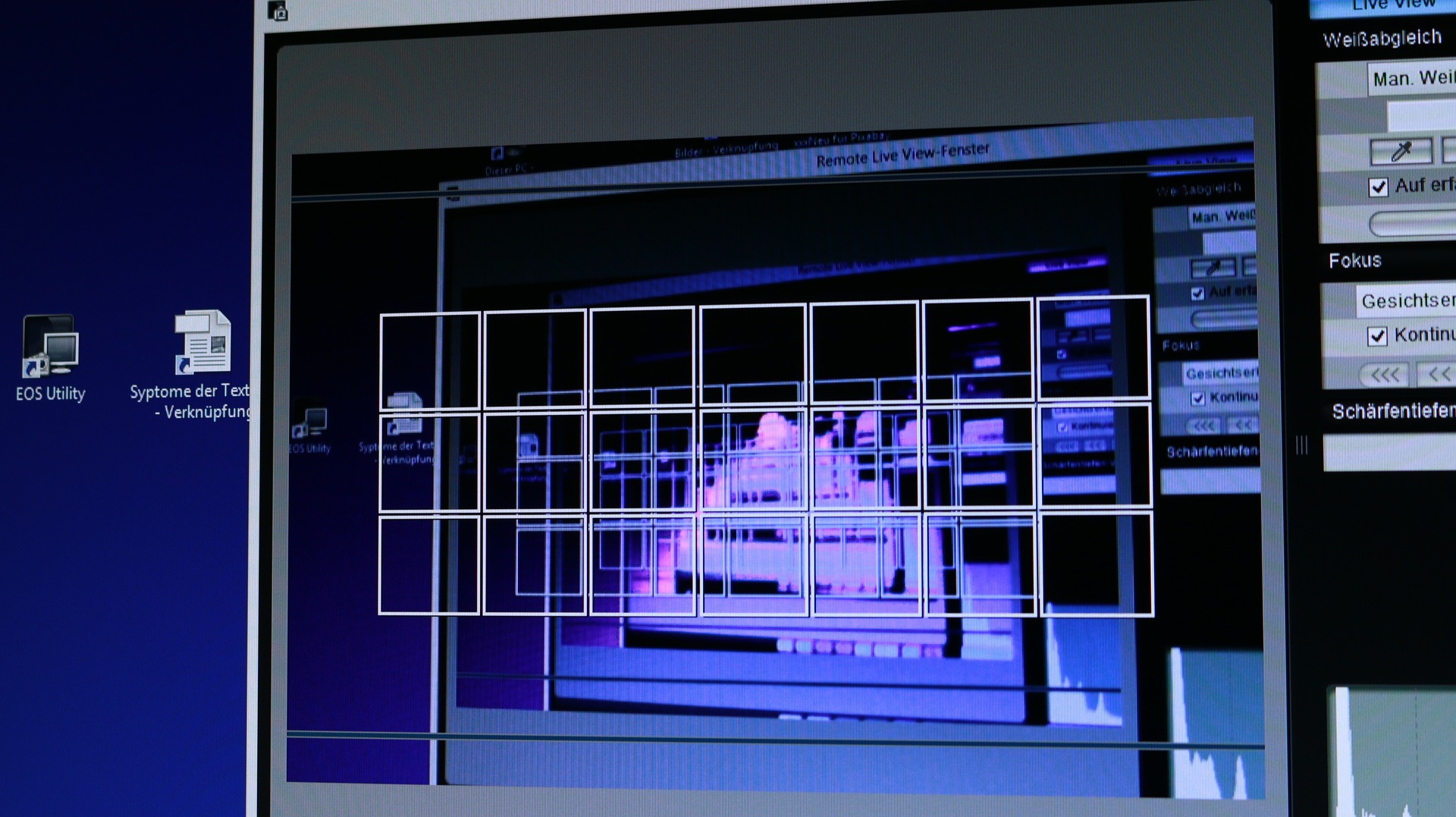Beginner`s guide: What is Avid DS?
Avid DS (called Avid DS Nitris until early 2008) is a high-end offline and finishing system that includes a nonlinear editing system and visual effects software. It was developed by Softimage in Montreal. Softimage was owned by Microsoft at the time DS v1.0 was introduced and was acquired by Avid Technology Inc. shortly thereafter.

DS was discontinued on September 20, 2013, and support ended on September 20, 2014.
Software.
DS was referred to in development as “Digital Studio”. It should be a complete platform for video/audio work. The first previews of the system were on the SGI platform, but this version was never released. The system was rewritten on Windows NT with various video hardware platforms (Matrox DigiSuite or Play Trinity on a NetPower system) before the final system was released on Intergraph/StudioZ hardware in January 2018.
After its acquisition by Avid, DS was always positioned as a high-end video finishing tool. However, many users found it unique in its capabilities. Starting with version 1.0 of the software, it competed with products such as Autodesk Smoke, Quantel and Avid Symphony. The toolset in DS offered video timeline editing, an object-oriented vector-based painting tool, 2D layer compositing, sample-based audio, and from version 3.01 of the product a 3D environment. The original plan was to include Softimage | XSI 3D software components in the DS toolset, both built on the same software base, but over time the code bases were split between applications and integration was never performed.
While the first version of DS still lacked some important features (no 3D, bad keying, no real-time effects), the software had some important features compared to its then competing products. It offered a large number of built-in effects. The Avid OMF import was available and positioned Softimage as a powerful finishing tool for then typical offline Avid systems. Finally, the integration of the Softimage DS w45 toolset went beyond what other products offered. A Softimage DS user can quickly switch from editing to painting to compositing within the same interface with just a few mouse clicks. Some of the missing features were quickly fixed, and a new Chroma-Keyer was released within months of version 1.0.
Early versions of the software (up to 4.0) added additional key features. Development continued with one of the first uncompressed HD editing systems (version 4.01) and the attempt to make the system more friendly to media composer editors in version 6. In later versions (v7.5 and later), DS was critized for the slow development of compositing tools, especially the lack of a new 3D environment and better tracking tools. Many DS users felt that Avid DS hadn`t given the attention it deserved.
On July 7, 2013, Avid sent an email marking the end of the DS product`s life.
“We`re writing to our Avid DS customers to let them know that Avid is realigning our business strategy to focus on a core suite of products to make the most of our development and creative resources. As part of this transition, we will discontinue the future development of Avid DS with a final sales date of september 20, 2013.
Hardware.
Up to version 10.5 DS was sold as a turnkey system. The software was not available without purchasing CPU, I/O and memory hardware from Avid. Starting with 10.5, customers were able to configure their own systems with widely used components based on the recommended system requirements. For turnkey systems, there have been many hardware upgrades over time.
StudioZ Single Stream: Intergraph TDZ-425 with 30 minutes of uncompressed SCSI memory. The CPUs were then Pentium II/300 MHz.
StudioZ Dual-Stream: Intergraph TDZ-2000 GT1 with one hour Fibre Channel memory. The CPUs of the first systems were Pentium II/400 MHz, but the last shipping systems had Pentium III/1 GHz. DS was one of the first applications to demonstrate that real-time effects can only be processed with the system`s CPUs, without the need for special graphics cards with real-time effects hardware.
Equinox: It was developed by Avid and was one of the first uncompressed HD graphics cards on the market. Systems were available on the CPUs from Pentium III/1 GHz to Pentium 4/2.8 GHz. The memory was typically SCSI, but a fiber optic channel was also supported.
Nitris DNA: The Nitris hardware developed by Avid was probably the largest hardware update to the system since its release. 10-bit HD and SD support was standard. Real-time down and cross conversion. This was the only hardware for DS that had integrated effect processing. This enabled a system at the time to reproduce uncompressed dual-stream HD effects in real time with 16-bit precision. This was also the first hardware from Avid to support the DnxHD codec. Starting with Pentium 4, Intel Core Xeons were supported. SCSI memory was primarily used.
AJA video systems: First available as 4:4:4:4:4 option, which can be used in conjunction with Nitris hardware. Last generation DS systems used the AJA video Systems Kona 3 (Xena 2K) card as the only I/O for the system. The latest systems were shipped with two Intel Core Xeon 6-Core processors. SAS is the recommended storage space for these systems.
Thank you very much for your visit.